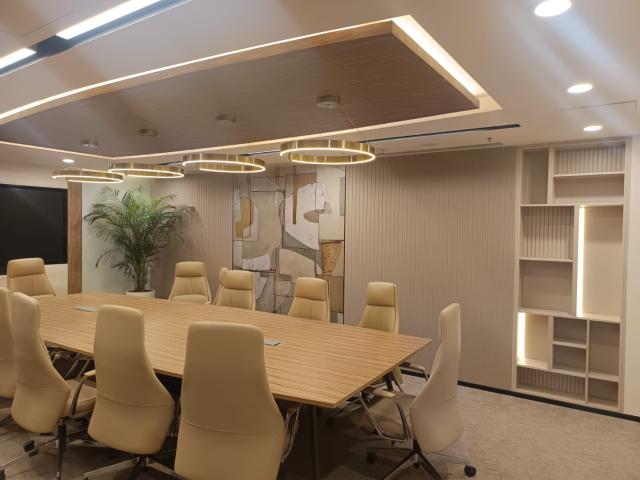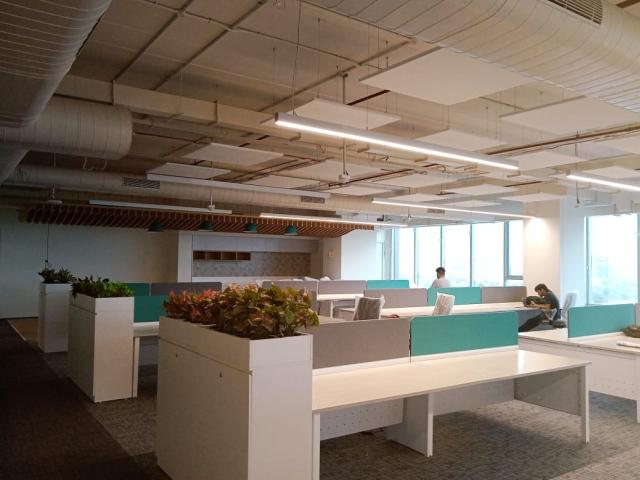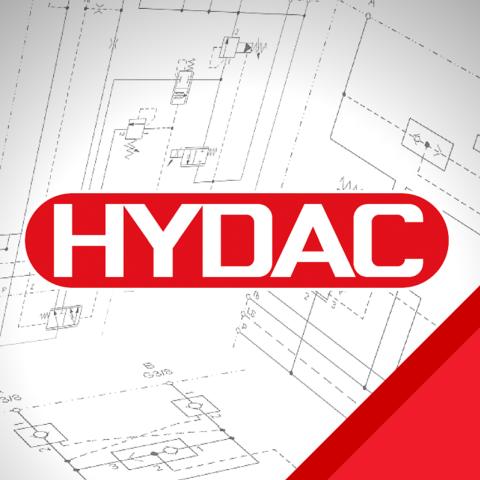Acoustic treatment is no longer just about functionality; it has evolved into a fusion of art and science. Modern acoustic treatments not only enhance sound quality but also add an aesthetic appeal to spaces. Designers and architects are now leveraging various patterns and materials to craft acoustic solutions that align with a space’s overall design theme. In this blog, we explore the diverse patterns and designs in acoustic treatments, showcasing their practicality and artistic potential.
1. Geometric Patterns: Precision Meets Aesthetics
Geometric patterns are a popular choice for acoustic panels and wall treatments. These patterns include triangles, hexagons, and chevrons that provide a modern and sleek appearance.
Applications:
Offices: Enhances focus while adding a professional look.
Homes: Complements contemporary interiors.
Materials Used:
PET felt panels
Wooden acoustic panels
The symmetry of geometric designs ensures even sound diffusion, making them ideal for spaces requiring balanced acoustics.
2. Organic Patterns: Bringing Nature Indoors
Inspired by natural elements, organic patterns mimic leaves, waves, or flowing lines. These patterns add a sense of calmness and connection to nature.
Applications:
Wellness centers: Promotes relaxation.
Restaurants: Enhances dining ambiance.
Materials Used:
Fabric acoustic panels
Wood with carved designs
Organic patterns work exceptionally well in environments where visual appeal and acoustic comfort go hand in hand.
3. Abstract Art: Creativity in Acoustics
Abstract designs are perfect for spaces that demand a bold and artistic statement. These patterns often involve asymmetrical shapes and vibrant colors.
Applications:
Art galleries: Complements artistic displays.
Music studios: Inspires creativity while improving sound quality.
Materials Used:
Fiberglass acoustic panels
Acoustic panel fabric with printed designs
Abstract designs provide a dynamic and energetic vibe, turning acoustic panels into conversation starters.
4. Textured Designs: Depth and Dimension
Textured acoustic panels feature three-dimensional surfaces that create a play of light and shadow while absorbing sound.
Applications:
Theaters: Enhances the auditory and visual experience.
High-end retail stores: Adds sophistication.
Materials Used:
Metal acoustic panels
3D wooden acoustic panels
These panels are both functional and decorative, making them a preferred choice for upscale projects.
5. Minimalistic Patterns: Subtle yet Effective
For spaces where simplicity is key, minimalistic patterns offer clean lines and understated elegance.
Applications:
Libraries: Ensures quiet while maintaining simplicity.
Corporate spaces: Matches a sleek and professional aesthetic.
Materials Used:
Polyester acoustic boards
Fabric-wrapped panels
Minimalistic designs focus on functionality without overpowering the existing decor.
Customization: Tailoring Acoustic Solutions
One of the biggest advantages of modern acoustic treatments is customization. Designers can create bespoke patterns that reflect the identity of a brand or the personality of a space. Custom-printed acoustic panels allow logos, graphics, or unique designs to merge seamlessly into the acoustic solution.
Conclusion
Acoustic treatment designs have moved beyond plain and utilitarian forms. From geometric precision to organic flow, abstract vibrance, textured depth, and minimalistic elegance, the possibilities are endless. By selecting the right pattern and material, you can transform any space into an acoustic haven that is both functional and visually stunning.
Explore the world of acoustic treatments to create spaces that sound as good as they look!










